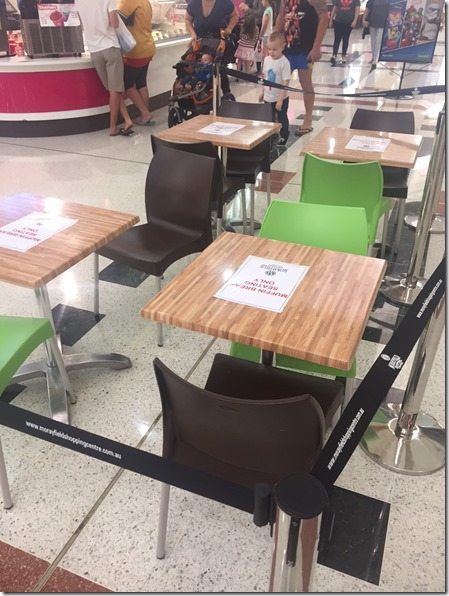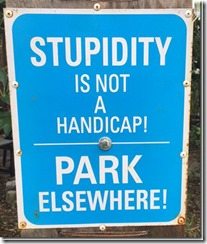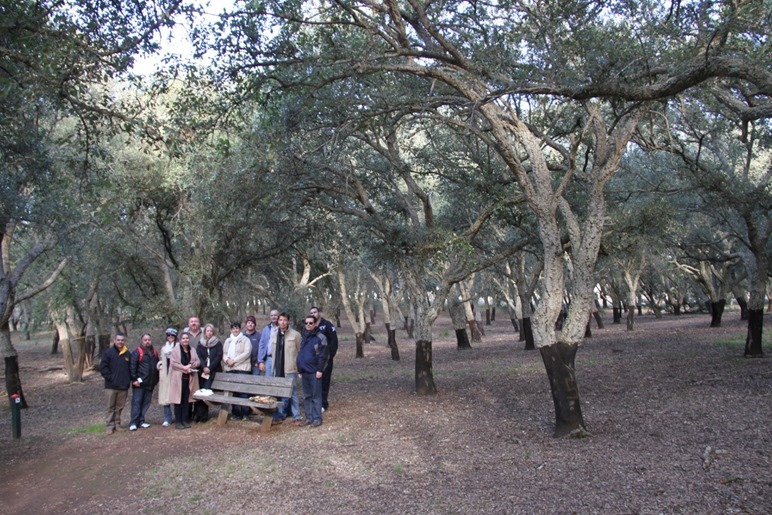Semiotics and the Unconscious Messages We Send
I’ve just returned from another mind blowing few days with Dr Rob Long, Craig Ashhurst and a great group of cohorts, as part of my studies for the Graduate Certificate in the Psychology of Risk. This unit was: “Communicating and Consulting About Risk” and mostly covered the importance of the unconscious in the process (you just wont find that in most communication courses). Unfortunately, Safety is more naive about this stuff than any other function and wonders why it is spinning its wheels and so disrespected!
I haven’t been able to sleep very well for a few days as I guess my brain (and my gut?) is reprocessing what I have learned about safety and risk over an entire lifetime.
 Despite my weariness, this morning I embarked upon a shopping expedition to replenish the shelves. I was not prepared for the way I had transformed into someone now so much more aware of all of the messages we are being bombarded with and what they are really telling us – mostly unintentionally! In fact, my semiotics (significance) radar was in complete overdrive! As soon as I entered the shopping centre I was confronted with this scene (see main photo). A busy pedestrian area, 4 cheap tables, plastic chairs, formally arranged, airport type security tape barricades and big ugly signs saying “Muffin Break Customers Only”. As a confirmation for what I was feeling, I said to my son (who loves Muffin Break): “Let’s get a muffin and chill here for a bit”. He said: “There is no way I am sitting there, I’d look like an idiot!”. OK – so non-customers might no longer use their chairs – but neither will their loyal customers!! Can you honestly imagine enjoying sitting here and feeling relaxed? Some of the questions we now ask are: “How is the Power Communicated?”, “What is the Discourse?” and “What is it’s Visual Effect?”
Despite my weariness, this morning I embarked upon a shopping expedition to replenish the shelves. I was not prepared for the way I had transformed into someone now so much more aware of all of the messages we are being bombarded with and what they are really telling us – mostly unintentionally! In fact, my semiotics (significance) radar was in complete overdrive! As soon as I entered the shopping centre I was confronted with this scene (see main photo). A busy pedestrian area, 4 cheap tables, plastic chairs, formally arranged, airport type security tape barricades and big ugly signs saying “Muffin Break Customers Only”. As a confirmation for what I was feeling, I said to my son (who loves Muffin Break): “Let’s get a muffin and chill here for a bit”. He said: “There is no way I am sitting there, I’d look like an idiot!”. OK – so non-customers might no longer use their chairs – but neither will their loyal customers!! Can you honestly imagine enjoying sitting here and feeling relaxed? Some of the questions we now ask are: “How is the Power Communicated?”, “What is the Discourse?” and “What is it’s Visual Effect?”
Without worrying about the terminology, what does this shopping centre scene suggest for and do to you?
 So then off to our local beach-side cafe strip for a nice relaxing coffee……….First sign I see, nailed to the front fence. I don’t appreciate able bodied people parking in these zones either but I sure did not feel very welcomed by the semiotics of this sign and the way it made me feel, on all levels?
So then off to our local beach-side cafe strip for a nice relaxing coffee……….First sign I see, nailed to the front fence. I don’t appreciate able bodied people parking in these zones either but I sure did not feel very welcomed by the semiotics of this sign and the way it made me feel, on all levels?
What have been the by-products and costs of erecting this sign, aimed at people who will probably ignore it anyway?
One of the most powerful things we did during the course, after 3 intense days of lectures and experiential learning exercises, was to visit the Cork Oak Plantation at the National Arboretum Canberra – I had no idea this place existed and the link provides some really interesting history and background. With the freeway only metres away and drivers with nothing but time, stress, work and money on their minds, this place is particularly mesmerising and totally relaxing. For many, the walk through the forest was very profound and powerful. Most of us encountered a switch into the shadows and memories of our unconscious, recalling long suppressed feelings, emotions and thoughts – before undertaking this course I can just imagine strolling through this place and leaving with nothing but a bit of extra dirt on my shoes. But I “stole” a piece of cork and I have been fondling it constantly – every time I run my fingers over the rough bark or scratch at the lichen growing on it I reflect back on this amazing place and the wonderful, unconscious thoughts it resurrected.
The photo below is not the same as being there but what does this scene say to you?.



Do you have any thoughts? Please share them below